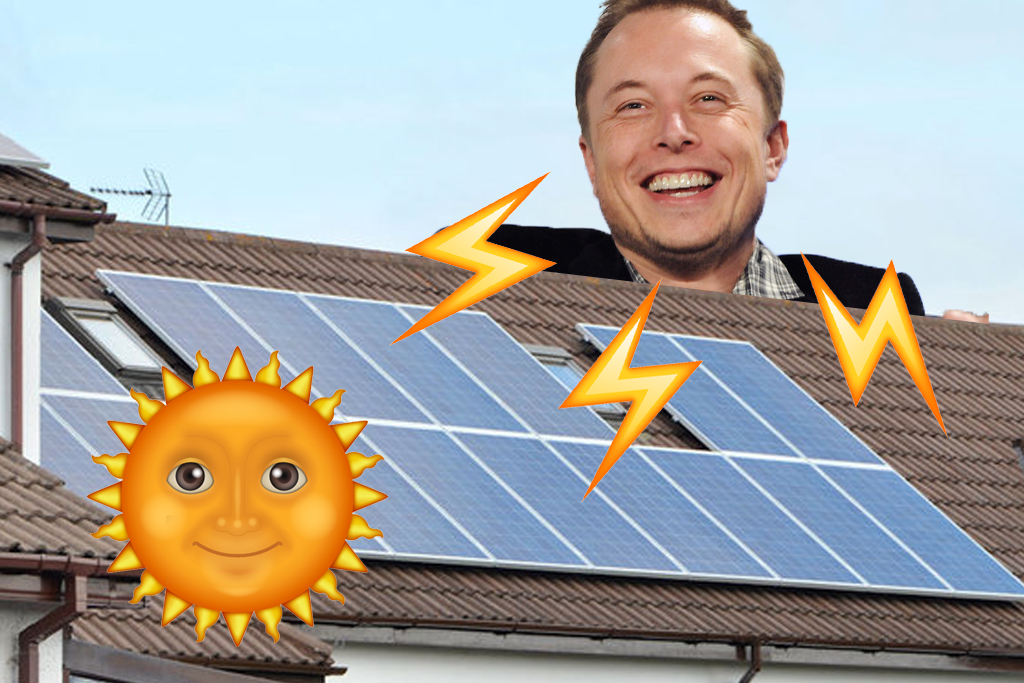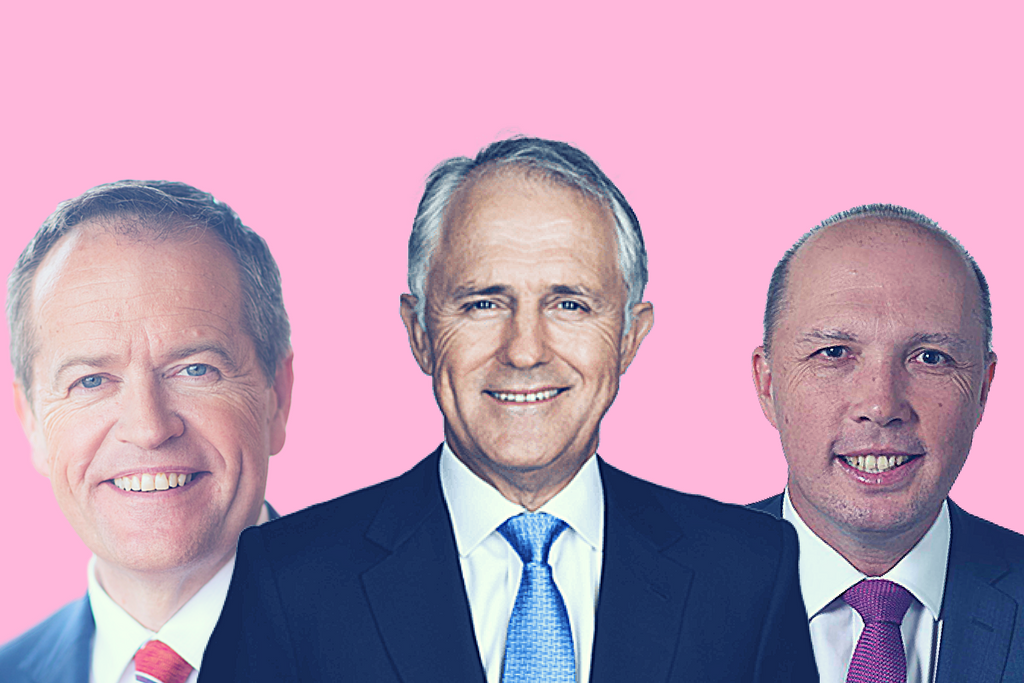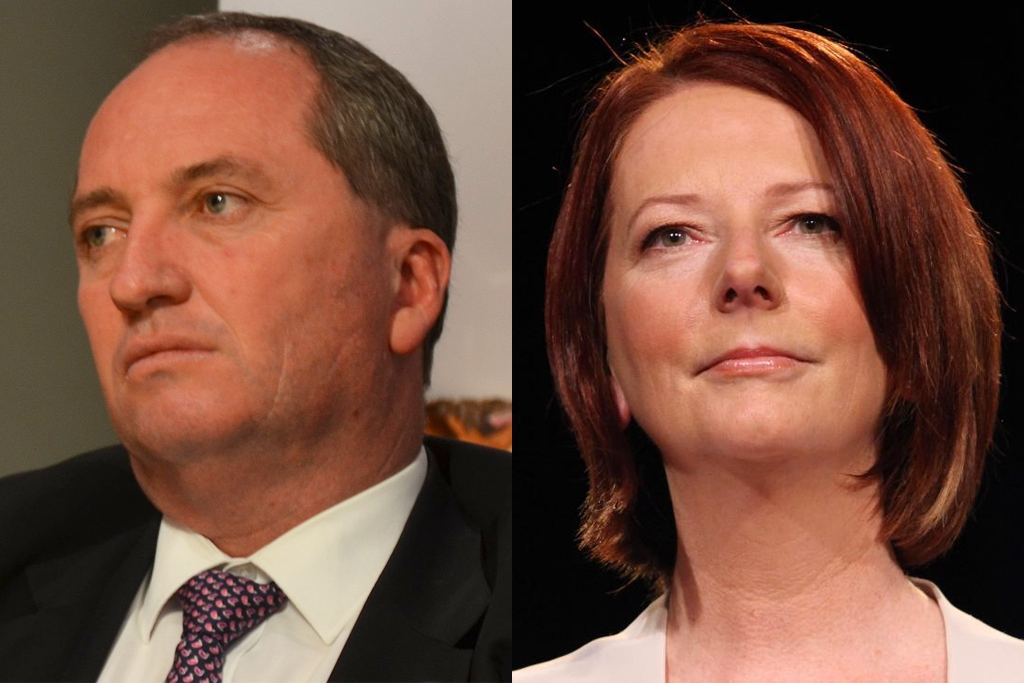Junk Explained: Why Are Tesla And The SA Government Giving 50,000 Houses Free Solar Panels?
And how do I get one?

South Australia being on the cutting edge of renewable energy technology while the rest of the country actively trashes itself has become a bit of a meme.
Just last year the state ended up working with Elon Musk’s Tesla to create the world’s biggest battery farm, all because of some cocky tweets. And now, they’re doing it again, with the government announcing a new plan to team up with Tesla to provide 50,000 homes with free solar panels and storage systems.
There’s a lot to unpack there, especially the “free” part. Is this a great benevolent gift from known money dude Elon Musk, or is there a catch here? Read on, friend, and find out.
Wait, When Did Anyone Say Anything About Free Solar Panels?
South Australian Premier Jay Weatherill announced the plan on Sunday, as both parties began gearing up in earnest for the upcoming March election.
Here’s what he promised: over the next four years, 50,000 South Australian homes will receive free solar panels and battery storage provided by Tesla (if you’d like the technical details, they’ll get a 5kw solar system and a 5kw/15kwh Tesla Powerwall 2 battery). After a trial of a thousand homes, 24,000 public housing sites will get the solar kits, and then the program will be opened up to expressions of interest from the general public.
The idea, once it’s all connected, is to have a thing called a virtual power plant. Which leads us to our next question…
What’s A Virtual Power Plant?
Basically, these solar panel systems aren’t going to work like your typical home solar systems, where an individual household uses the power generated from its own rooftop.
Instead, all 50,000 houses will be connected in a network, allowing surplus power stored in the batteries to be moved around. Houses that are producing more can send power to those that are producing less, and the entire system of connected homes can send their battery power into the grid to help prevent blackouts.
Under the SA Government’s plan, an electricity retailer will be brought on board to run the program. That is, there’ll be a power company that owns the power generated by the rooftop systems, and sells it back to the households that generated it, or to the grid, or wherever it’s going.
It’s a smart way to work with renewable energy — the combination of batteries and an interconnected network means that any extra energy generated can be put to good use where it’s needed. And it’s worked before, too, including in South Australia, just on a much smaller scale. When this project is completed, it will be the biggest virtual power plant in the world. Exciting stuff.
How Free Is Free, Though?
So are these systems actually free? Who’s benefiting from them? The answer to this question is a bit complicated, but the lowdown is this: once the system’s completed, power should get cheaper for most South Australians.
Here’s how the money side of it works: while the solar panels are being installed at no cost to the households involved, technically the people are still paying for it with their tax dollars. To fund the initial installation, the government will use a $2 million grant, and a $30 million loan to Tesla, all coming out of taxpayer dollars.
Massive jobs news in SA in just the past few days. From 500+ new jobs on Virtual Power Plant and 500 VFX jobs with @Technicolor, to 31 new jobs at @bigshedbeer in Royal Park, SA jobs for are #1 priority. pic.twitter.com/kjNub3uXqH
— Jay Weatherill (@JayWeatherill) February 6, 2018
However, the cost of the loan is expected to be recouped through the sale of electricity through the program. That brings us to the electricity retailer involved, though, which is the real catch of this program. See, the people with the solar panels on their houses won’t own the power generated by them — it will belong to the retailer, which will sell it back to them.
They’ll get a discount, reportedly around 30% on current power prices, but the arrangement still raises the question of whether households are getting free solar panels, or whether the retailer is getting free rooftop space.
Still, though, the introduction of a new source of power means more competition in SA’s notoriously expensive power markets, which means prices for most people are likely to come down. The new system will join South Australia’s existing battery farm as another source of backup power to prevent blackouts and increase system reliability.
Oh, and frankly, the more renewable energy, the better.
_
If you want to learn more about the plans for South Australia, the ABC has an excellent explainer here.
_
Feature images via JD Lasica and Albert Bridge, used under CC BY 2.0

